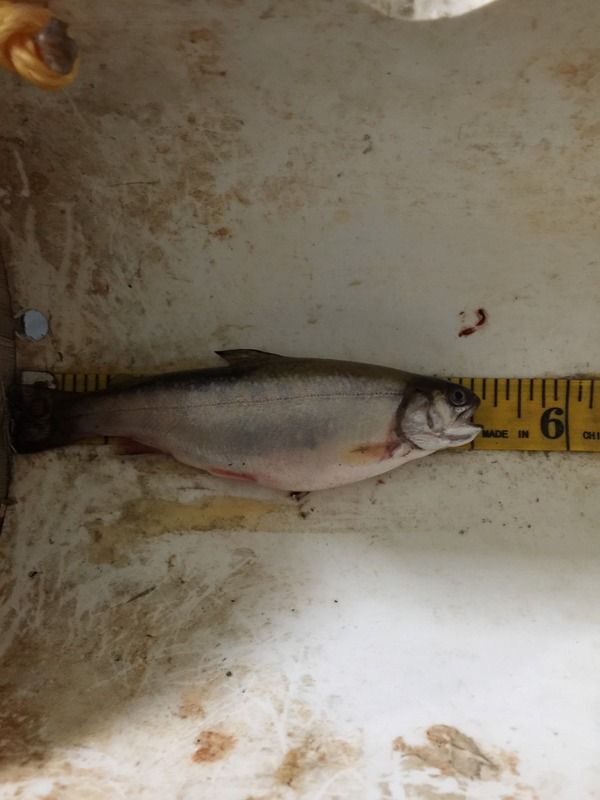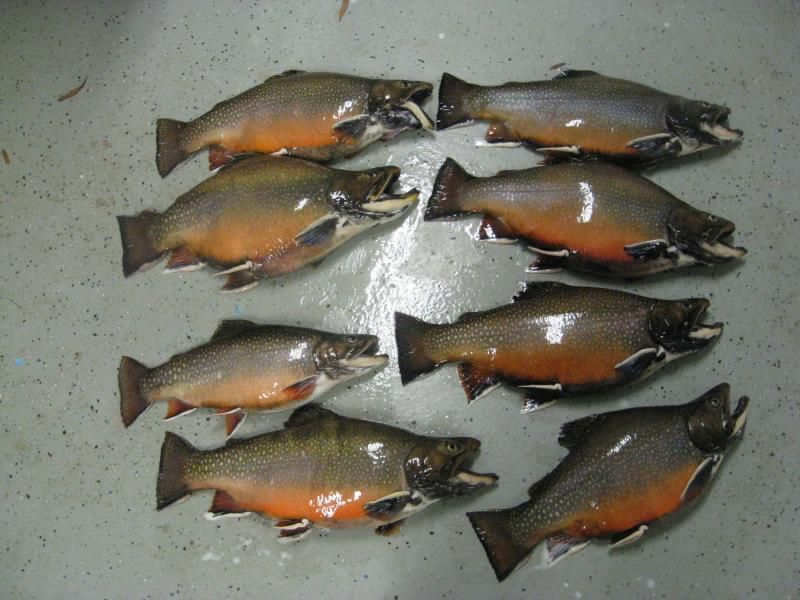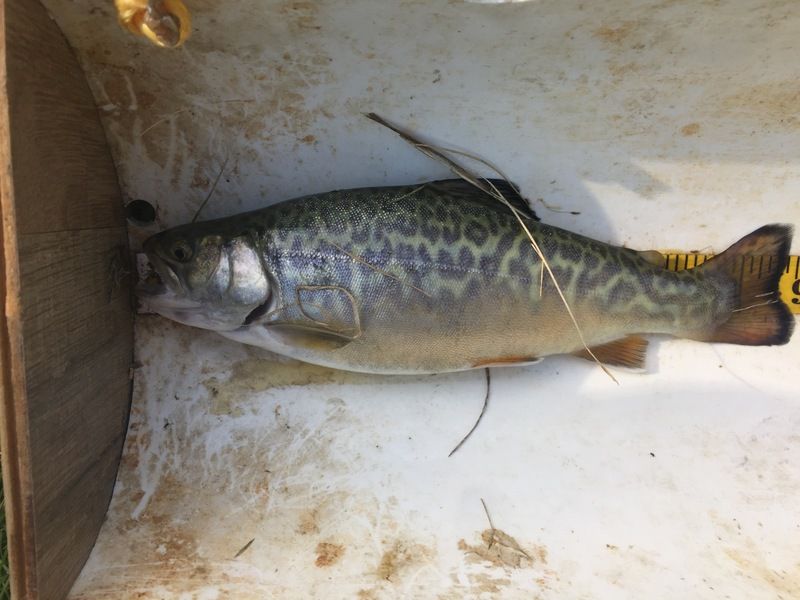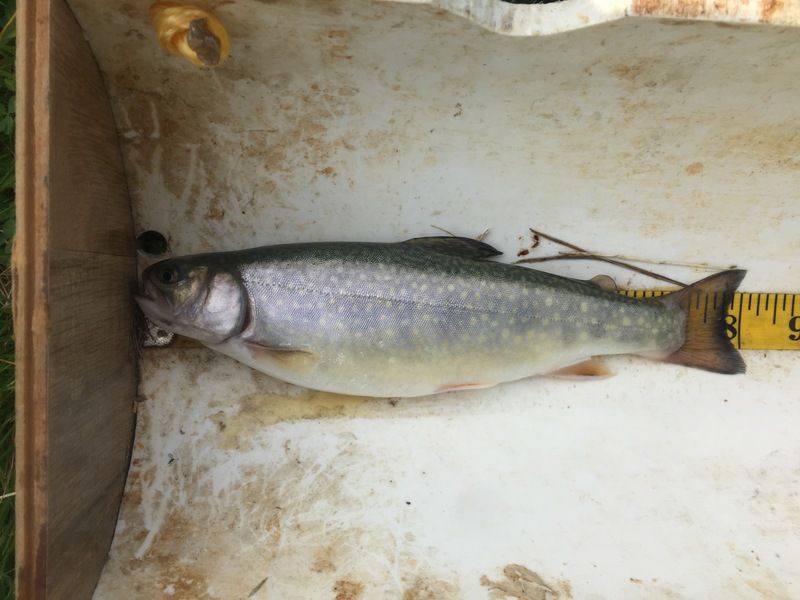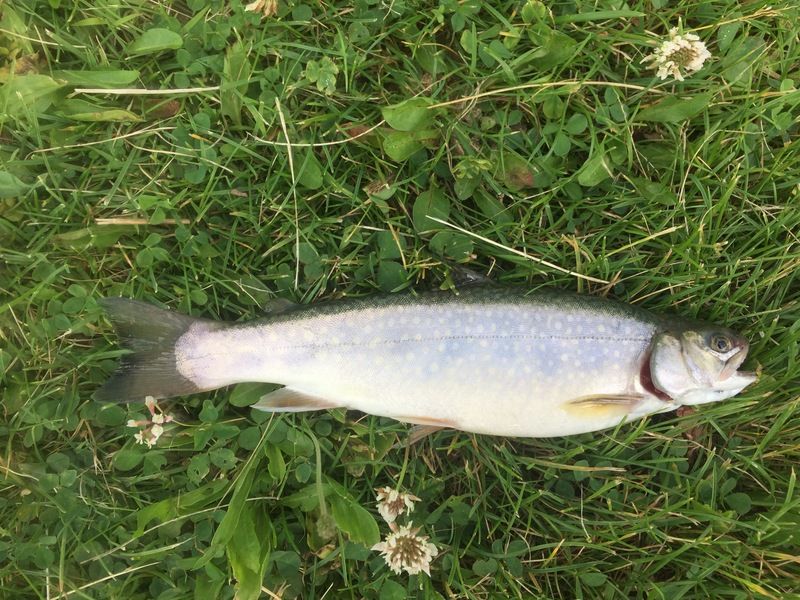If pond forage is of high quality and quantity, then they may drift away from feeding station. Swim with them and see if you can find them. Generally, the abundance of very good eats is short-lived so fish will some back to feeding station if you keep putting out a little on same schedule.
With Bluegill as few years back I watched how Hexagenia hatches pulled even large Bluegill away from feeding area. The Bluegill maintained feeding territories during those events and most had hugely distended abdomens.
As always your posts make a lot of sense. Have seen them feeding on midges popping out of the water and did see a huge school of them that responded positively to some sinking feed.





